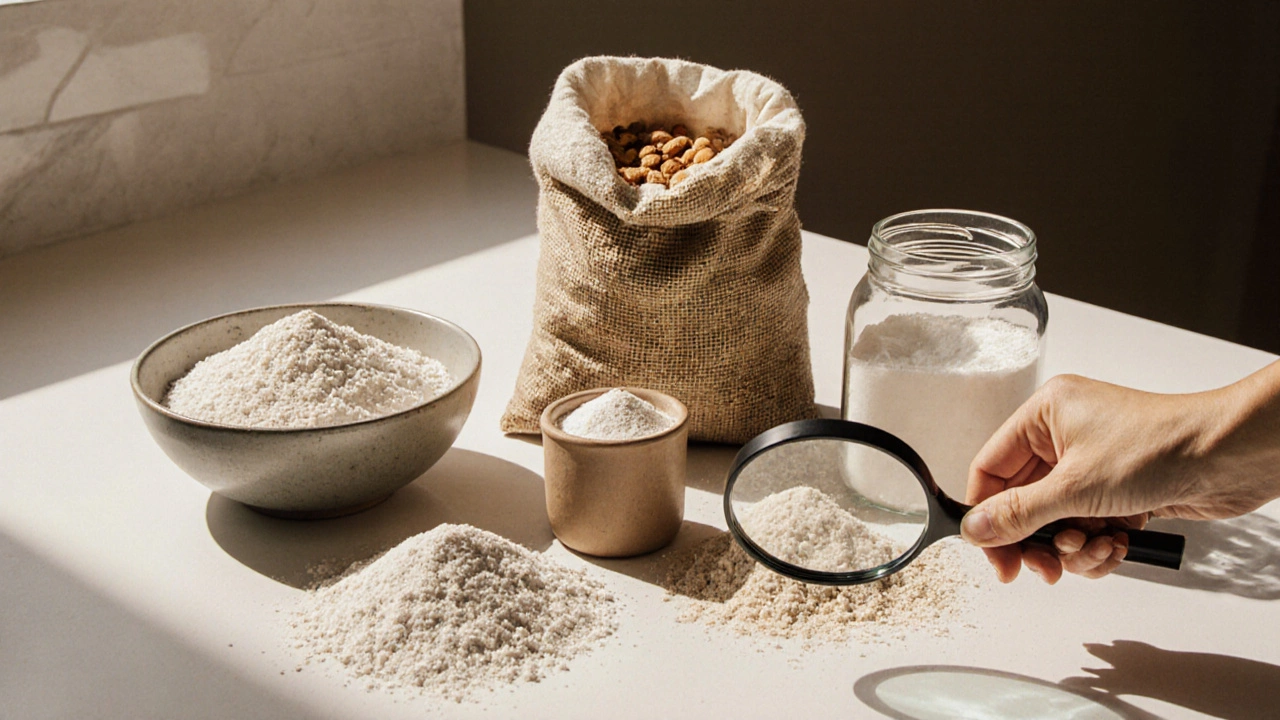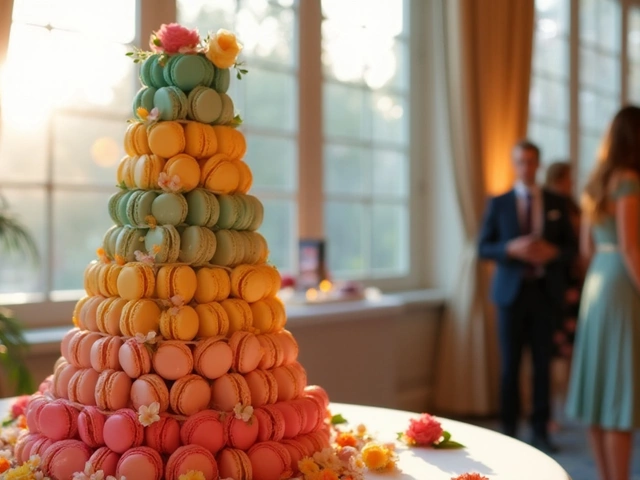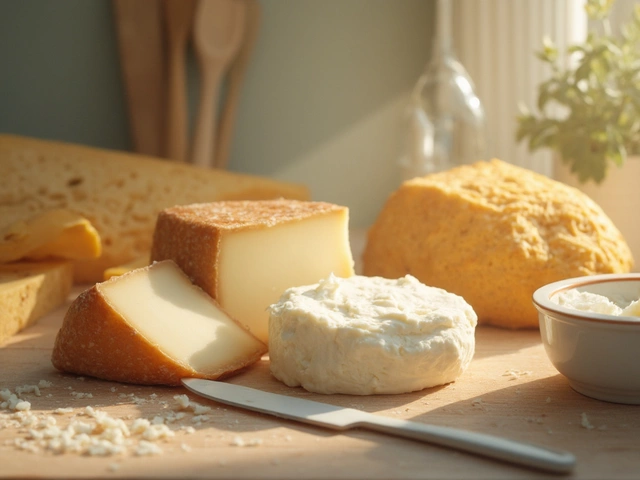Best Flour for Cakes – Find the Ideal Choice for Light, Tender Results
When selecting best flour for cakes, the flour that creates a light crumb and reliable rise in sweet baked goods, you’re handling the foundation of every cake you bake. Also known as optimal cake flour, it determines how moisture, protein and fat interact during the bake. Understanding this foundation stops you from ending up with dense or crumbly loaves. best flour for cakes isn’t a mystery – it’s a set of measurable traits that you can match to your recipe.
The most common contender is cake flour, a low‑protein flour milled to about 8‑9% protein, designed for delicate textures. Its low gluten potential means the batter stays supple, allowing air bubbles to expand without a tough network forming. By contrast, all‑purpose flour, a mid‑protein flour around 10‑11% protein, gives a sturdier structure that’s great for sturdy layers but can make a cake feel heavier. The key semantic link here is that best flour for cakes encompasses cake flour and all‑purpose flour as sub‑categories, each influencing the final crumb. Understanding gluten content, the amount of protein that forms gluten when mixed with liquid is essential; low gluten yields a tender bite, while high gluten creates chewiness. So, choosing the right flour requires a clear grasp of gluten levels, and that knowledge directly shapes cake texture.
Beyond protein, practical factors like altitude, mixing method and liquid ratios also play a part. At higher elevations, the reduced air pressure means cakes rise faster, so a flour with a slightly higher protein can help keep structure. Mixing should be gentle; over‑mixing develops gluten, turning a soft cake into a rubbery one. If a recipe calls for “flour” without specifying, swap in cake flour for a fluffier result, or use a blend of all‑purpose and cornstarch (about 2 tablespoons per cup) to mimic cake flour’s low protein. These tips connect the entities we’ve discussed: the type of flour you pick, its gluten content, and the mixing technique all converge to determine the final cake texture. Armed with this context, you’ll spot the right flour for any bake and avoid common pitfalls. Below you’ll find a curated set of articles that dive deeper into flour choices, baking science, and recipe tweaks, giving you actionable insights for every cake you plan to make.

Best Gluten‑Free Flour for Cake Baking
Discover the top gluten‑free flours for cakes, learn how to blend them for perfect texture, and avoid common pitfalls with a handy cheat‑sheet.
View More




